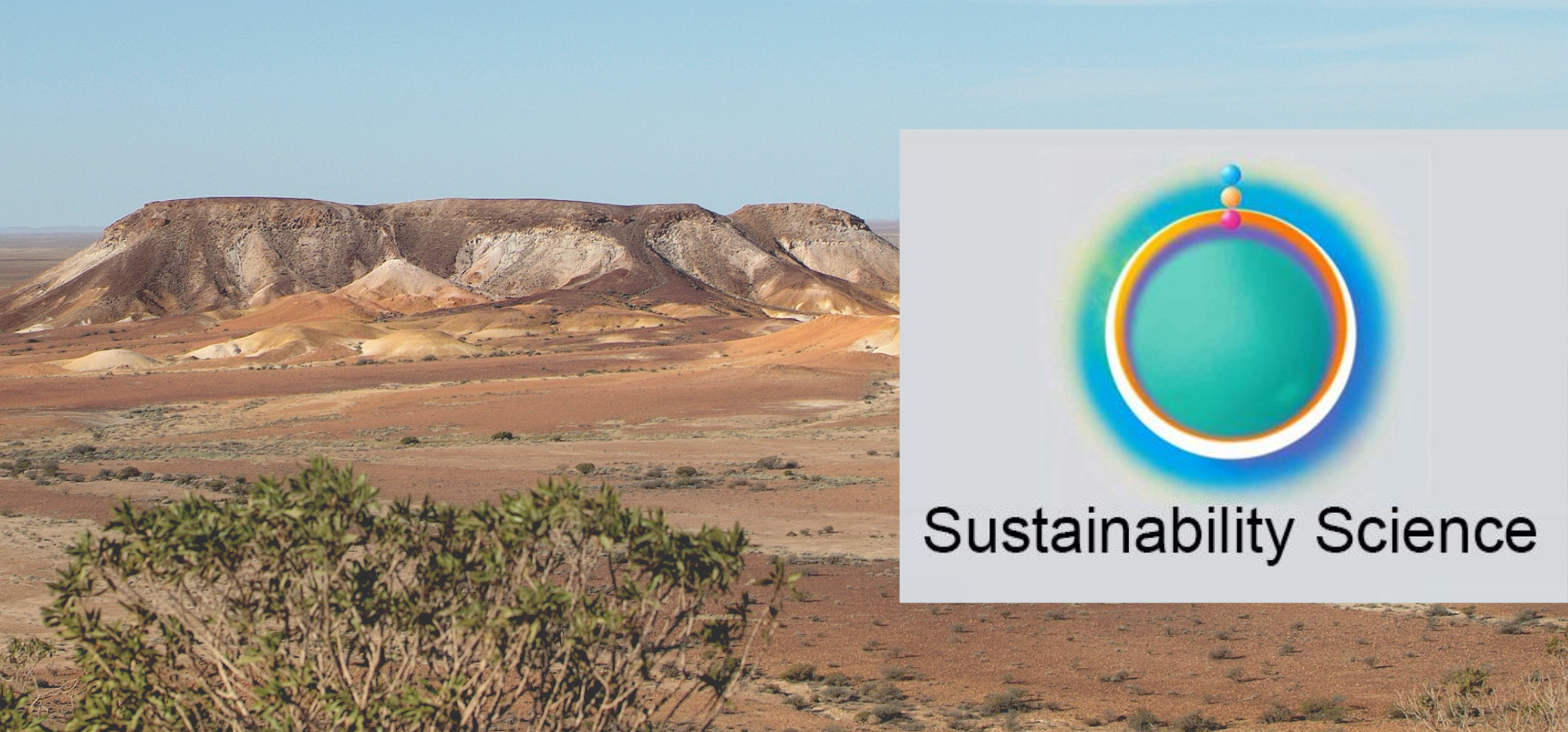
The latest paper led by FABLE Australia has been published in Sustainability Science, as part of the Special Issue 'Globally-Consistent National Pathways towards Sustainable Food and Land-use Systems'.
Authors: Javier Navarro Garcia, Raymundo Marcos-Martinez, Aline Mosnier, Guido Schmidt-Traub, Valeria Javalera Rincon, Michael Obersteiner, Katya Perez Guzman, Marcus J. Thomson, Liviu Penescu, Clara Douzal, Brett A. Bryan & Michalis Hadjikakou.
Abstract
The development of detailed national pathways towards sustainable food and land systems aims to provide stakeholders with clarity on how long-term goals could be achieved and to reduce roadblocks in the way to making commitments. However, the inability to perfectly capture the relationships between all variables in a system and the unknown probability of future values (deep uncertainty) makes it very difficult to design scenarios that account for the full breadth of system uncertainty.
Here we use scenario discovery to systematically explore the effect of different parameter ranges on model outputs, and design resilient pathways to sustainability in which multiple target achievement requires a broad portfolio of solutions. We use a model of the Australian food and land system, the FABLE (Food, Agriculture, Biodiversity, Land-use, Energy) Calculator, to investigate conditions for achieving a sustainable Australian food and land system under scenarios based on the Shared Socioeconomic Pathways (SSP) 1, 2, and 3 narratives. Here we link the FABLE Calculator with a Monte Carlo simulation tool to explore hundreds of thousands of scenarios. This allows us to identify the ranges of systemic drivers that achieve multiple sustainability targets around diets, net forest growth, agricultural water consumption, greenhouse gas emissions, biodiversity conservation, and exports by 2050.
Our results show that livestock productivity and density, afforestation, and dietary change are powerful influencers for sustainability target achievement. Around 10% of the SSP1 scenarios could achieve all modelled sustainability targets. However, practically none of the scenarios based on SSP2 and SSP3 narratives could achieve such targets.
The results suggest that there are options to achieve a more sustainable and resilient Australian food and land-use system with better socio-economic and environmental outcomes than under current trends. However, its achievement requires significant structural changes and coordinated interventions in several components of the domestic food and land system to increase its resilience and environmental and socio-economic performance. Understanding the bounds within which this system needs to change and operate to achieve sustainability targets will enable greater clarity and flexibility during discussions between decision-makers and stakeholders.